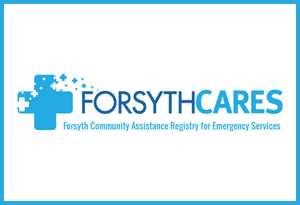
- By Shae King
- Posted Monday, March 1, 2021
Saving for Emergencies
What is an emergency fund?
A emergency fund would be a cash reserve that has been specifically set aside for unexpected expenses or financial emergencies. Those unplanned expenses can include vehicle maintenance, house repairs, medical costs, or loss of income. Additionally, emergency savings should be used for big or minor unplanned expenses or payments that may not be part of your regular monthly costs and expenditures.
Why do you need it?
Without savings, a financial shock—even a mild one—could bring you down, and if it transforms into debt, it could possibly have a permanent impact. According to the Consumer Financial Protection Bureau (CFPB), research reveals that people trying to rebound from a financial shock have less savings to help shield themselves from potential emergencies in the future. Individuals may depend on credit cards or loans which can lead to debts that are usually more difficult to pay off. They can also rely on other savings, such as retirement accounts, to offset these expenses.
To gain a better understanding of your financial situation, CFPB has a short quiz you can take to find out more about your financial well-being.
How much do I need in it?
The amount needed in an emergency savings fund varies on your financial situation. Consider the most common unexpected costs you’ve experienced in the past, as well as how much they cost you. This will help you identify a goal for how much you want to set aside. Whether you’re living paycheck to paycheck or if you’re not being paid the same amount every week or month, setting money aside can seem difficult. However, a small amount of funds can provide some financial security.
To gain a better understanding of your financial situation, visit the CFPB website to find out more about your financial well-being.
For more information on building an emergency fund, visit the Consumer Financial Protection Bureau website to learn various strategies to get started.











